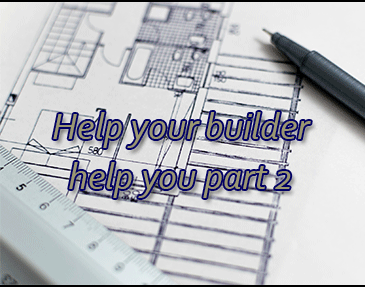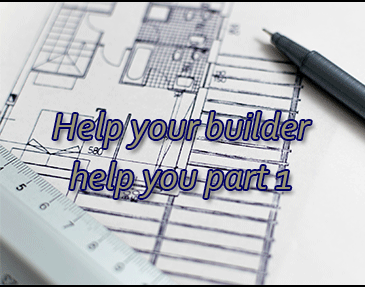Help Your Builder To Help You Part 2
Alongside all the official permissions and paperwork needed for an extension or a loft conversion your builder will also need to know how you see the completed job.
For the homeowner, arguably, this is the “fun” bit, but if you want the result to reflect your unique tastes and style, finishes, colour schemes, bathroom or kitchen furniture may require advance planning, especially if it is likely to take a while for suppliers to fulfil orders.
It will help if you start a scrap book and fill it full of design ideas, for items like doors, door furniture, light fittings and styles, so that your builder can understand the style and look you are hoping to achieve.
It is also a good idea to allow time in case any of the products you have ordered should prove to be faulty or damaged when they arrive.
Ask your builder about sanitary-ware and internal tile procurement early in the build, especially if you are looking for items that are likely to be limited edition, in unusual colours or have to be made to order. So, adequate time needs to be allowed if these items are to be ready on site early to avoid any delays once work has started.
Request or arrange kitchen designs prior to the build commencing. Establishing a clear design early will always assist your builder in implementing infrastructure, such as placing pipework or wiring and power points.
Remember, design changes can create unnecessary costs, so you need to be confident that what you have chosen will produce the effect you want once the job is complete.
Inform your insurance company of the proposed works. Although your builder will have all the appropriate Insurance cover you are still required to inform your insurance company.
If you are unsure of any aspect of the build or process ask your builder. We welcome intervention and are aware some terminology can be confusing.
The better informed you are the more confident you will feel.



